In an age of smart homes and self-driving cars, one thing hasn’t changed—instinct. And nowhere is that clearer than in dogs with high prey drive.
While many breeds are becoming more apartment-friendly and couch-loving, some dogs still carry the wild spark of their ancestors. They’re not content with a backyard. They need a challenge. They need a mission.
High prey drive dogs aren’t old-fashioned—they’re timeless. Their instincts are sharp, their reactions fast, and their focus unmatched. As more people turn to outdoor activities, working dogs, and adventure pets, these breeds are gaining attention again.
In this article, we’ll spotlight the dogs whose prey drive hasn’t faded and what it means to bring one into your world.
High Prey Drive Dog Breed
1. Greyhound
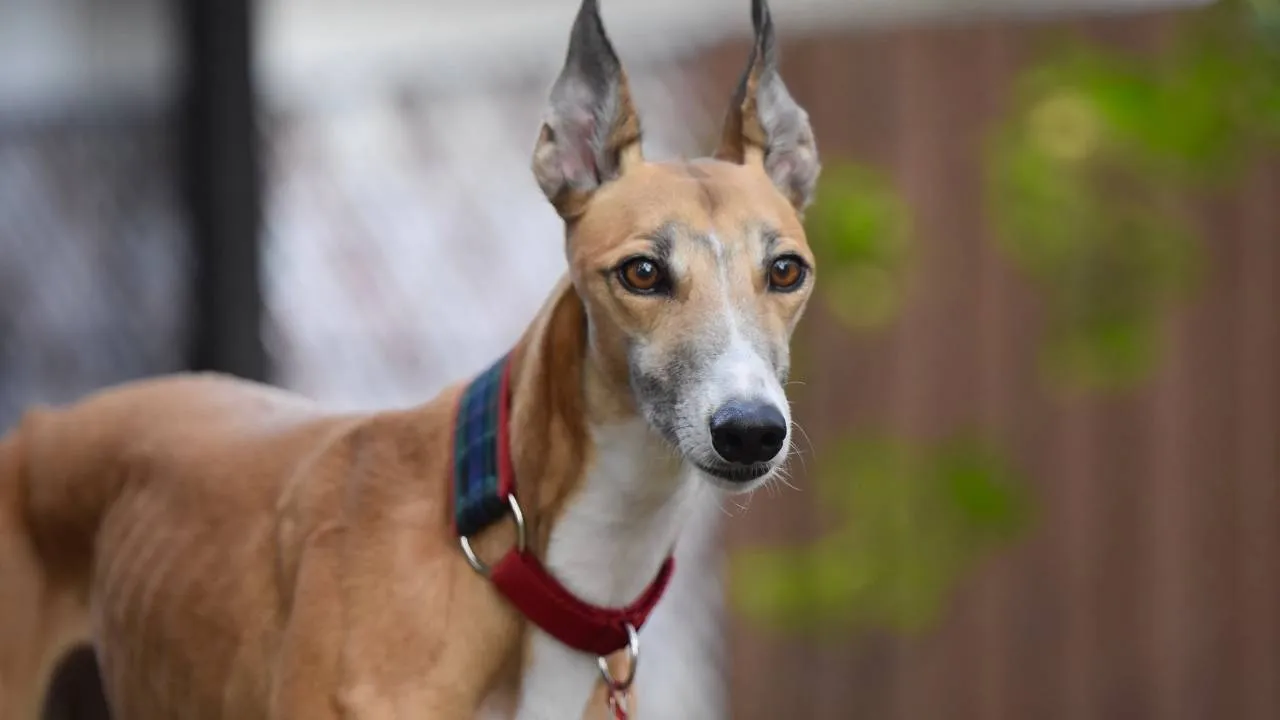
Originally bred for coursing game over open terrain, Greyhounds rely on sharp vision and explosive movement. Their response to motion is immediate and intentional. The drive to chase is part of their core behavior, especially in open or stimulating settings.
Trigger-Driven Movement
Sudden movement from small animals can instantly activate their pursuit instinct without warning. Even minimal distractions like a fluttering bird or rabbit can shift their entire focus. Managing those reactions outdoors requires firm handling and a safe environment.
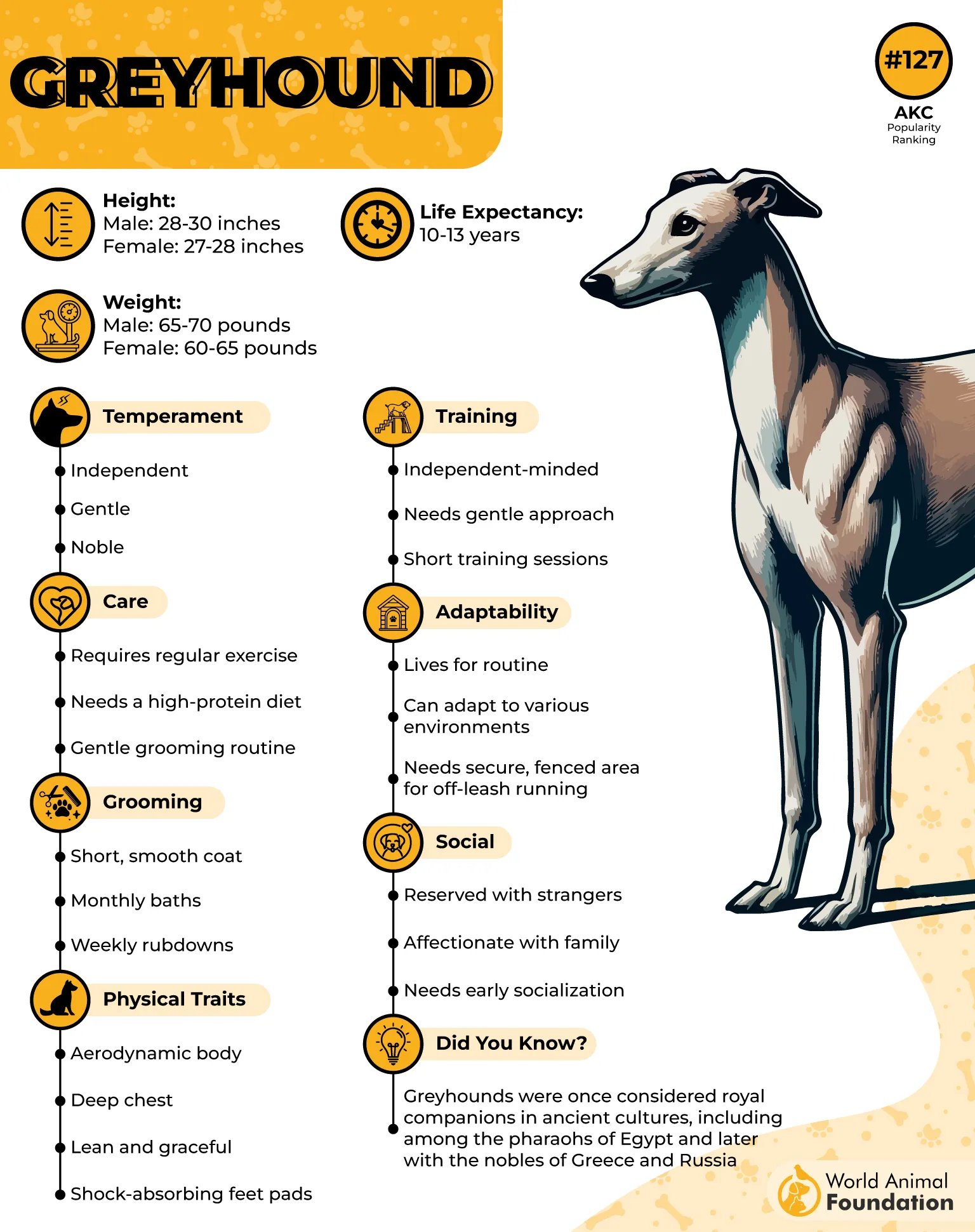
Reactions Around Animals
Interactions with other animals should always be supervised, especially when size and energy levels differ. Their instinct can override casual familiarity if the scene becomes too fast-paced. Calm settings and structured intros help reduce reactive behaviors.
Play With Caution
Greyhounds may coexist peacefully with other dogs, but high-energy play can switch to pursuit when motion cues kick in. That response isn’t aggressive, just hardwired from their history. Calm companions usually match best with their sensitive nature.
2. Afghan Hound
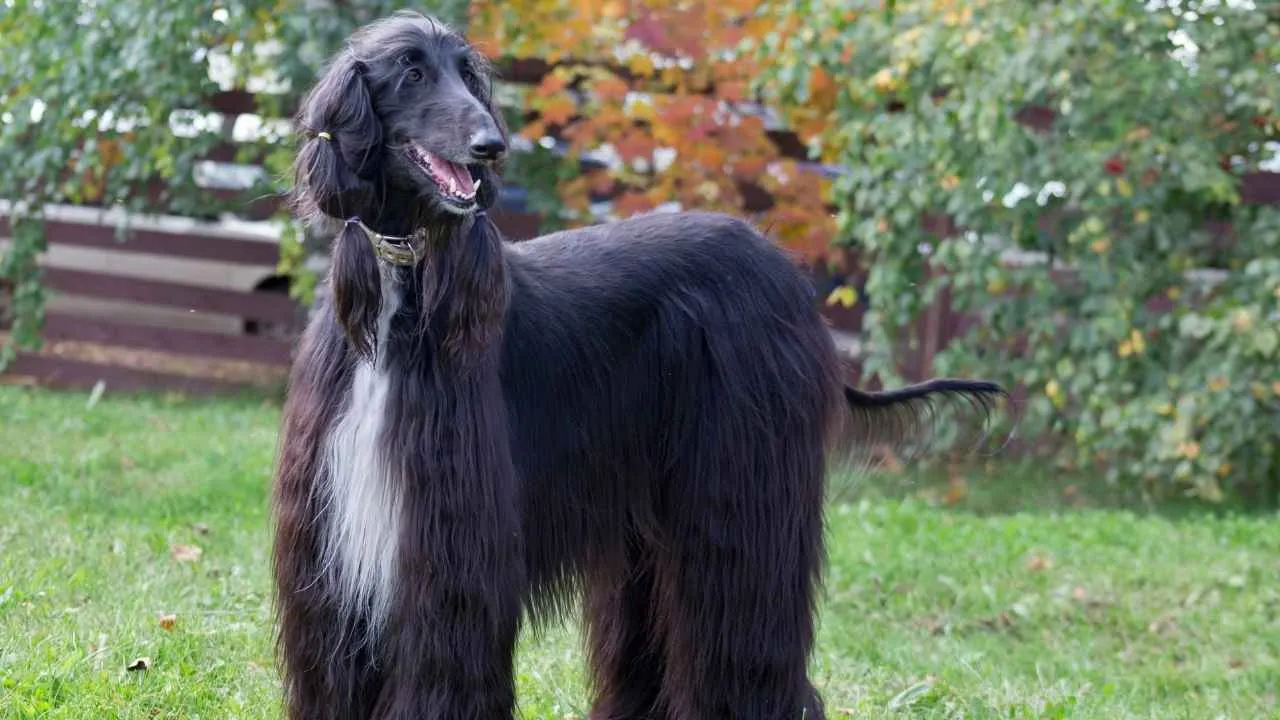
With roots tracing back thousands of years to the mountains of Afghanistan, the Afghan Hound developed strength and agility to hunt in rugged terrains. Its lean, tall body supports effortless movement through rough landscapes. The long, silky coat served as protection against extreme weather.
Prey Drive & Hunting Instincts
Initially bred for coursing game like deer and hares, Afghan Hounds possess a naturally high prey drive. Their independent hunting nature remains intact, especially in open spaces, as stated in the Continental Kennel Club. Fast, determined, and focused, they react swiftly to moving targets.
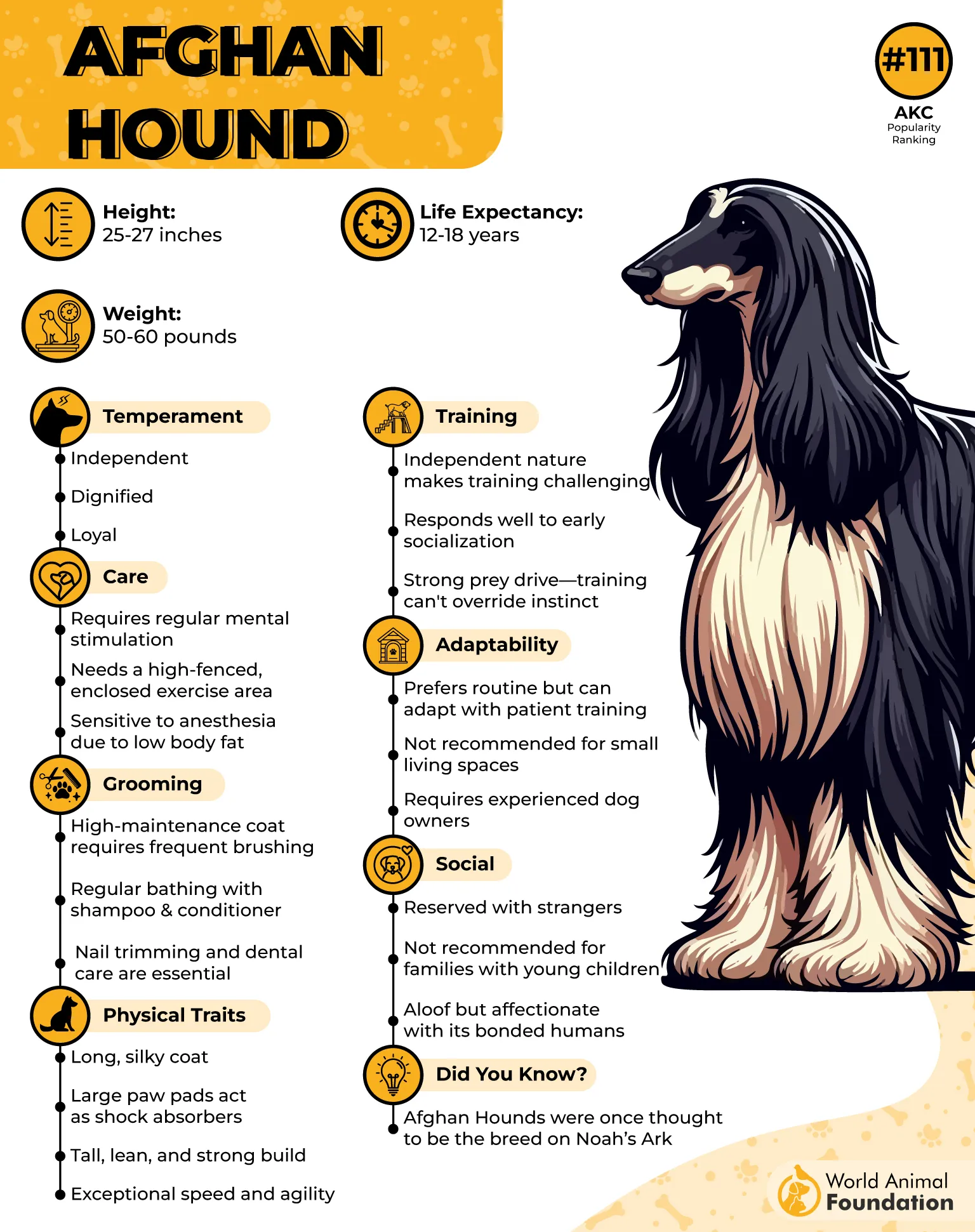
Behavior in Domestic Settings
While calm indoors, their chase instincts surface outdoors, especially when smaller animals are nearby. Secure spaces are essential to prevent sudden sprints. Their alert gaze and sharp focus remain steady when stimulated by movement.
Grooming Needs & Temperament
The coat requires dedicated care, including frequent brushing to prevent tangles. These hounds are known for their aloofness, yet they build quiet bonds with their families. Unlike different breeds, Afghan Hounds prefer independence over constant interaction.
3. Alaskan Malamute
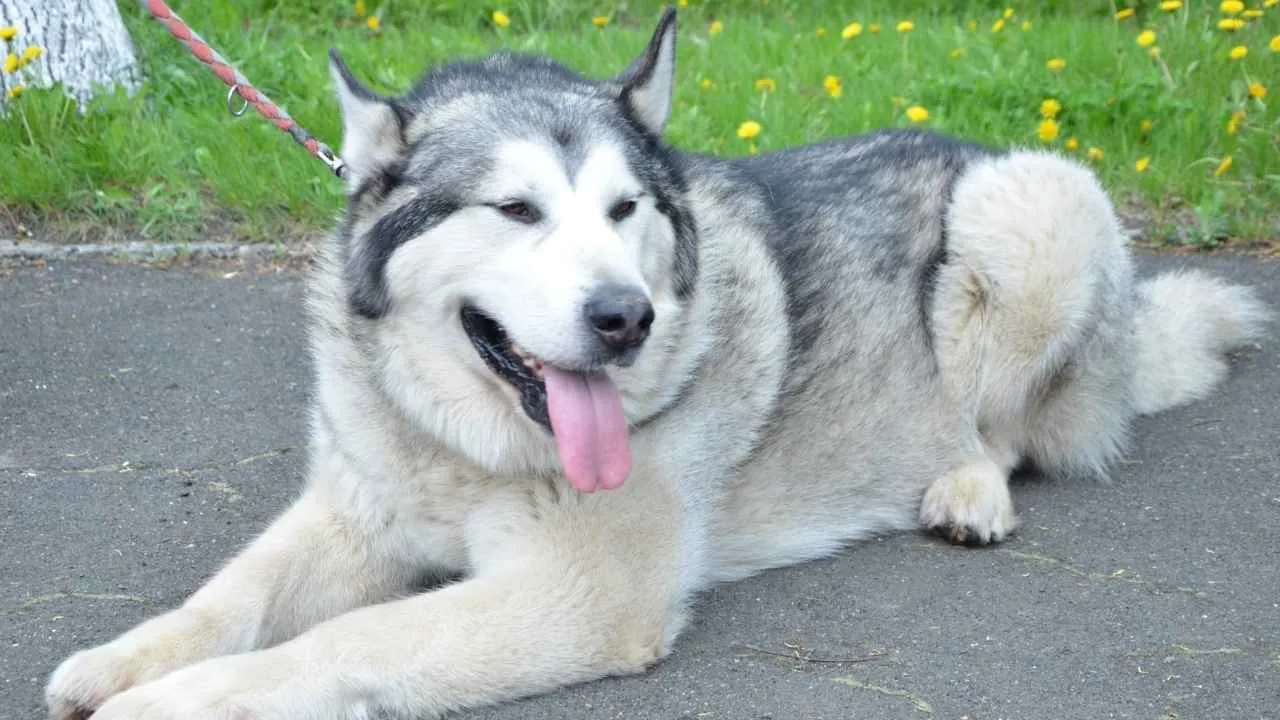
Alaskan Malamutes were bred for endurance sled pulling, but they also retained strong visual instincts from their Arctic lineage. Fast-moving animals outdoors often catch their attention immediately. This is a breed that can spot prey even at a surprising distance.
Prey Drive in the Snowpack
Independent decision-making comes naturally to this breed, which makes off-leash control challenging during active chases. The drive to pursue is tied more to motion than sound. Unfamiliar outdoor settings may quickly activate this hunting response.
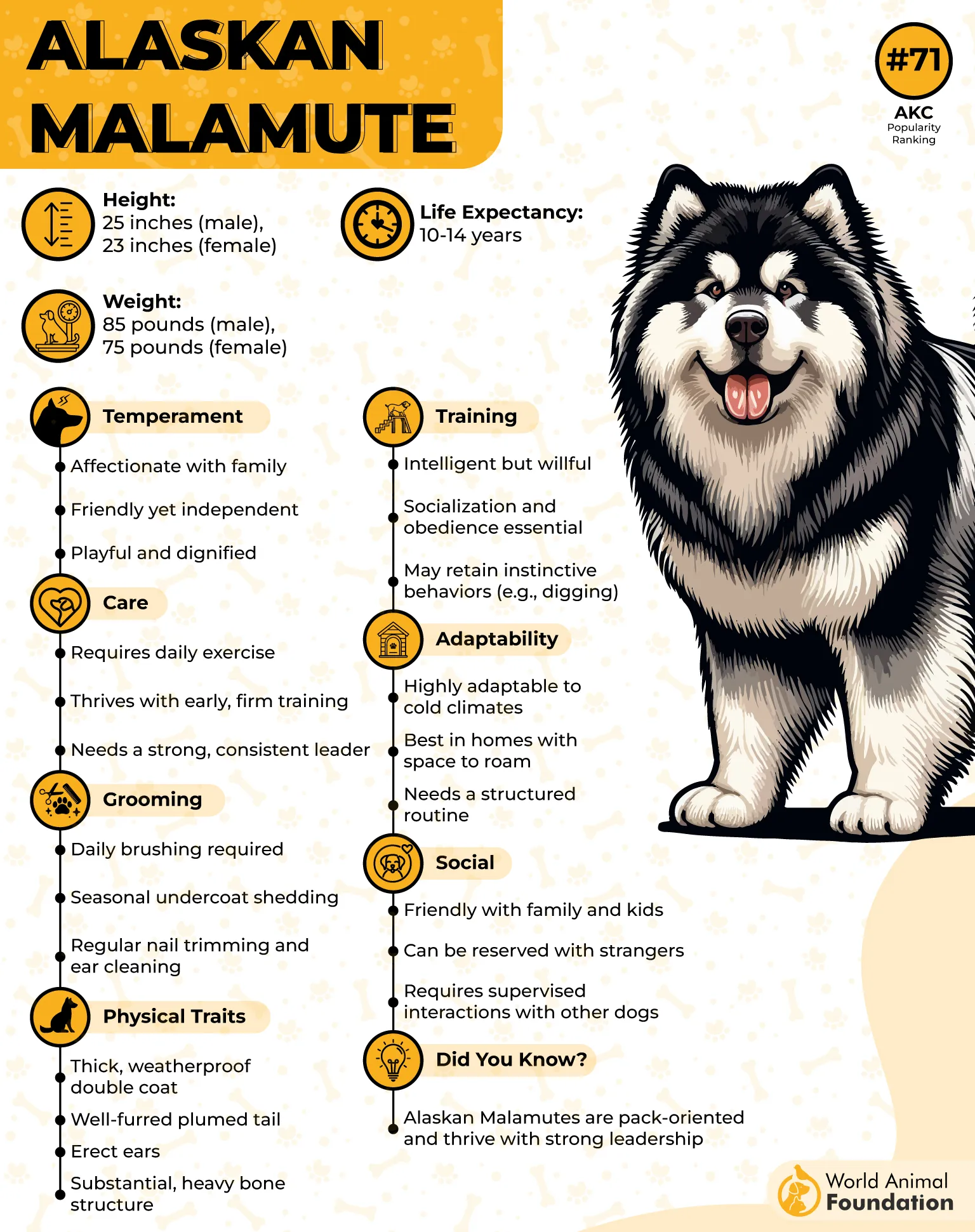
Care for Smaller Companions
Coexisting with other pets requires early social exposure and solid boundaries. Their strength and chase interest can become an issue in mixed-animal homes. A calm, slow-paced environment helps reduce overstimulation around tiny or reactive species.
Selective Compatibility
Alaskan Malamutes are often more reactive than most dogs when play gets fast or chaotic. Play groups with high-speed running can shift into uncontrolled pursuit. Energy-matched partners and structured breaks make interactions more manageable.
4. Basenji
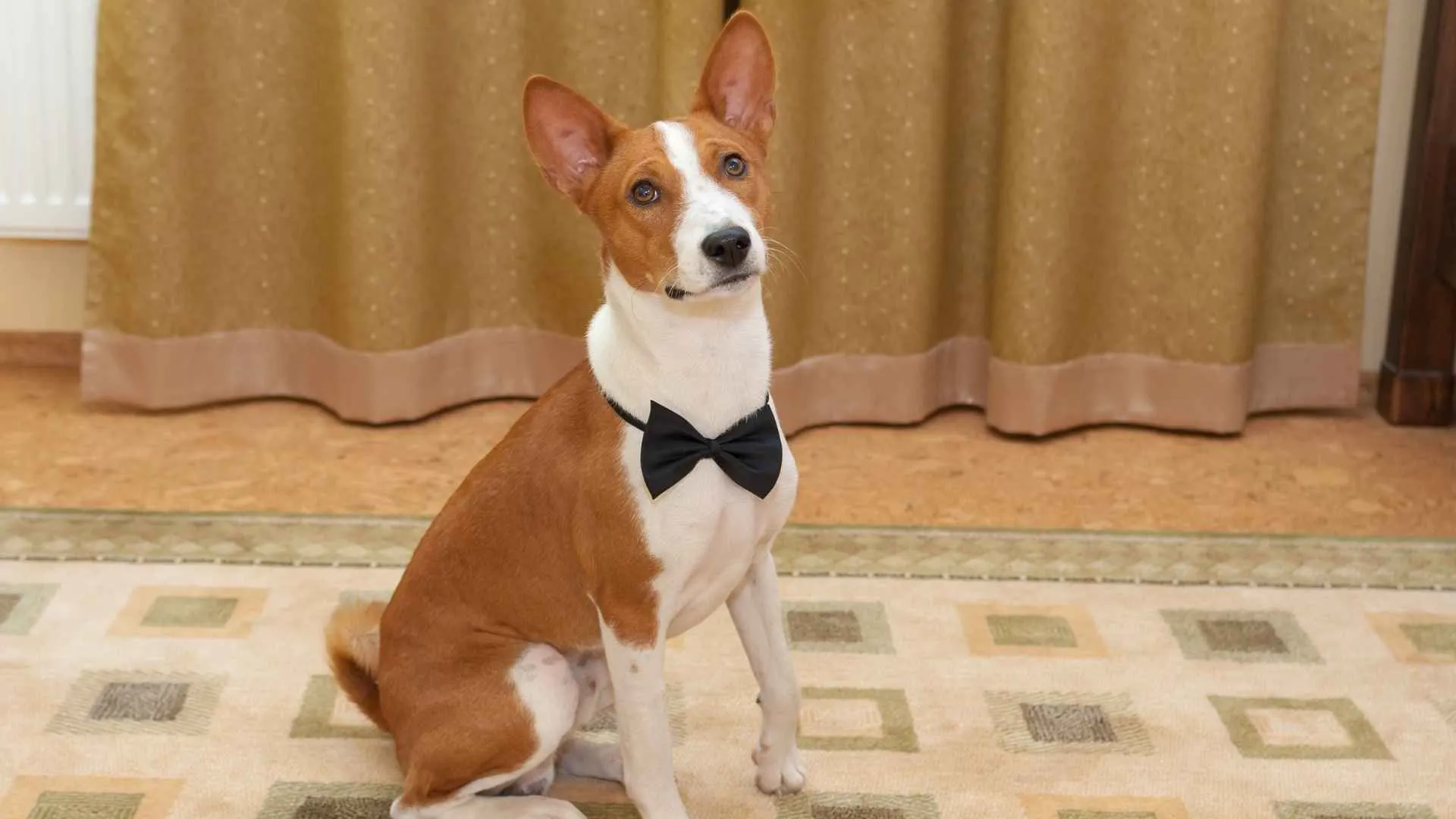
Basenjis are widely recognized for their rare vocalization called a “barroo,” which sounds more like a yodel than a bark. This unusual sound comes from their uniquely shaped larynx, which prevents typical barking.
Independent Temperament
The Basenji often behaves more like a cat than a typical dog — clean, reserved, and highly self-reliant, as mentioned in the AKC. They form bonds but aren’t overly clingy, preferring their own space. This independence means they’re not always eager to please, so early training with positive reinforcement and consistency is crucial.
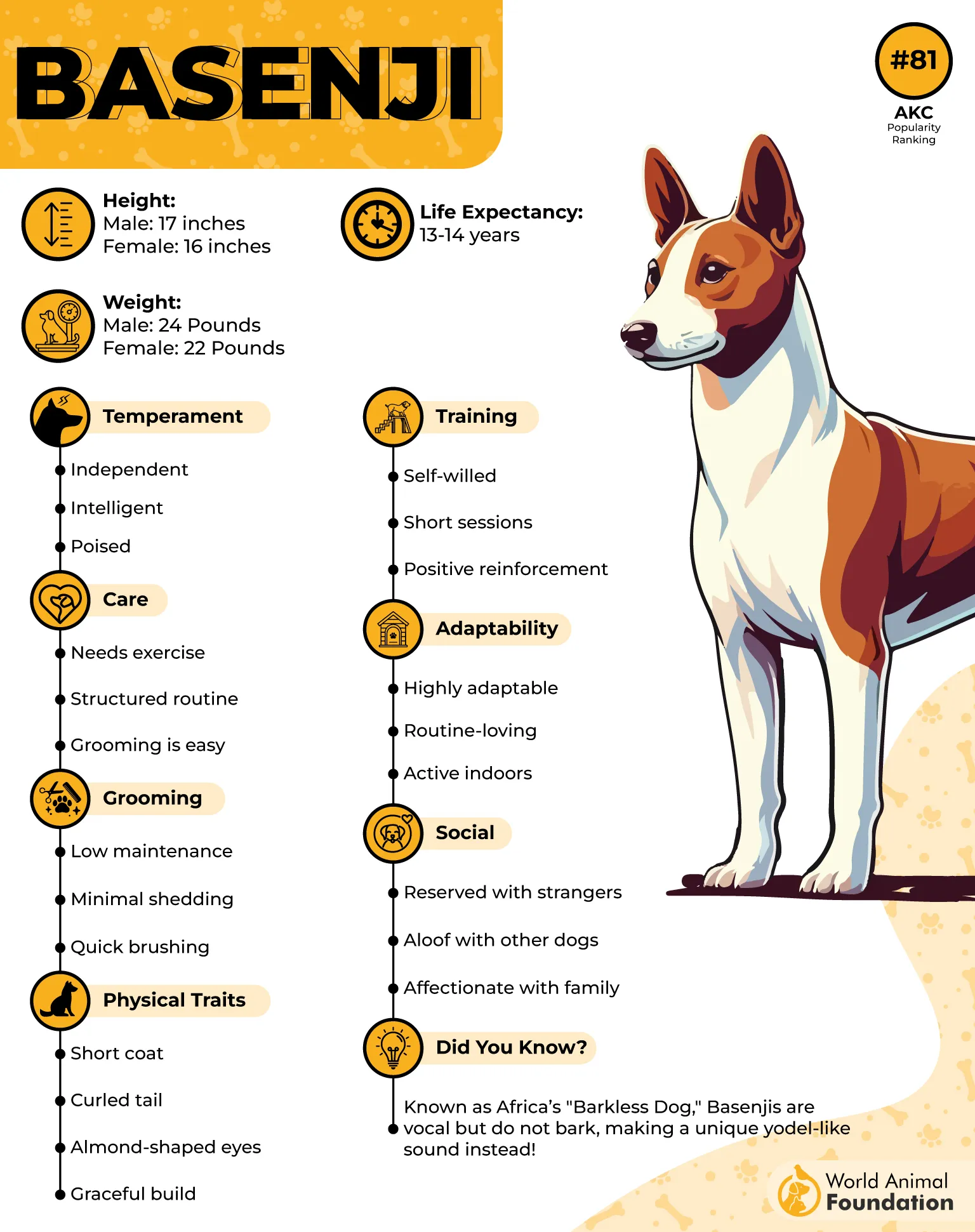
Instinct-Driven Nature
They bred in Central Africa for flushing and tracking game. Basenjis still carry strong hunting instincts. Their alertness, sharp vision, and powerful scent-tracking ability make them naturally vigilant. Because of their strong prey drive, they can bolt after squirrels or small animals.
Energy and Mental Stimulation
Basenjis are athletic and clever, needing both physical outlets and mental stimulation. Daily walks, interactive toys, and problem-solving games are essential to prevent boredom. If left without enough engagement, they can become frustrated and may chew or dig around the house as a release.
5. Border Collie
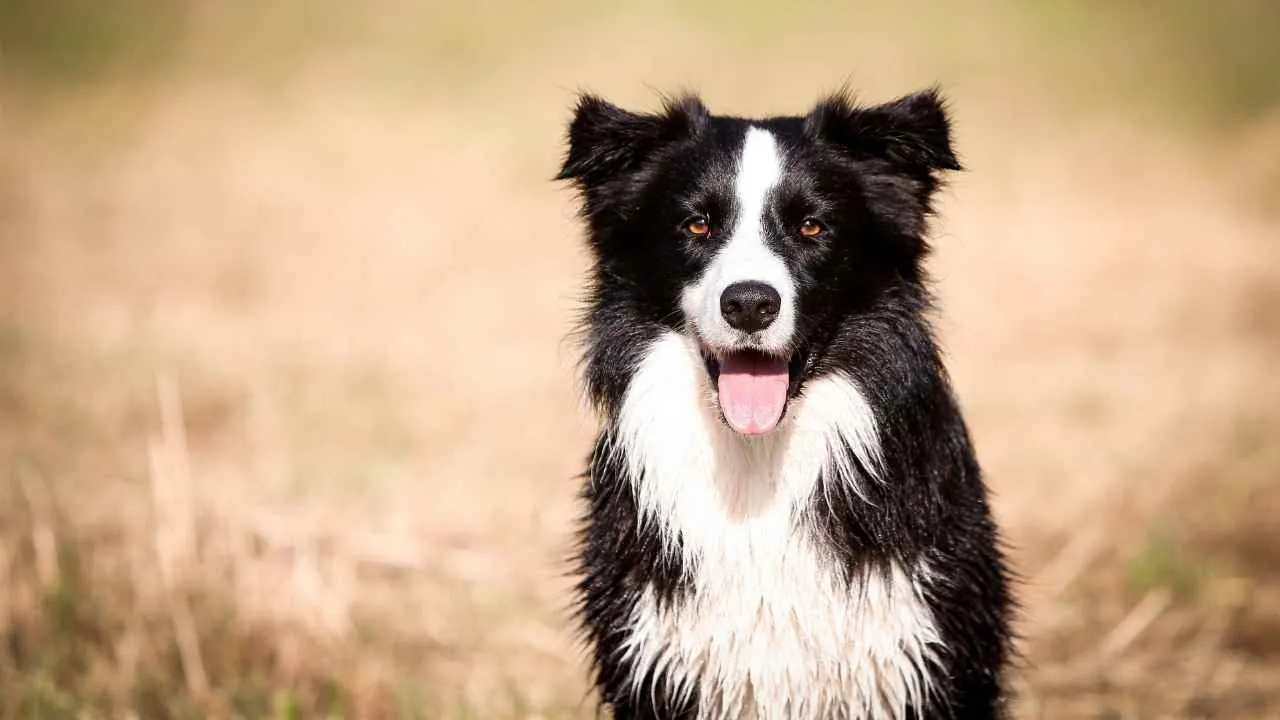
The Border Collie’s herding instincts are tied to precise visual targeting and intense eye contact. Movement in the environment is instantly processed and categorized. That constant scanning makes them highly reactive to anything that shifts or sprints.
Mental and Physical Drive
This breed needs layered mental engagement and open space to manage its energy productively. When unchallenged, that drive spills into impulsive chasing and circling behavior. Structured work routines help redirect natural impulses into constructive tasks.
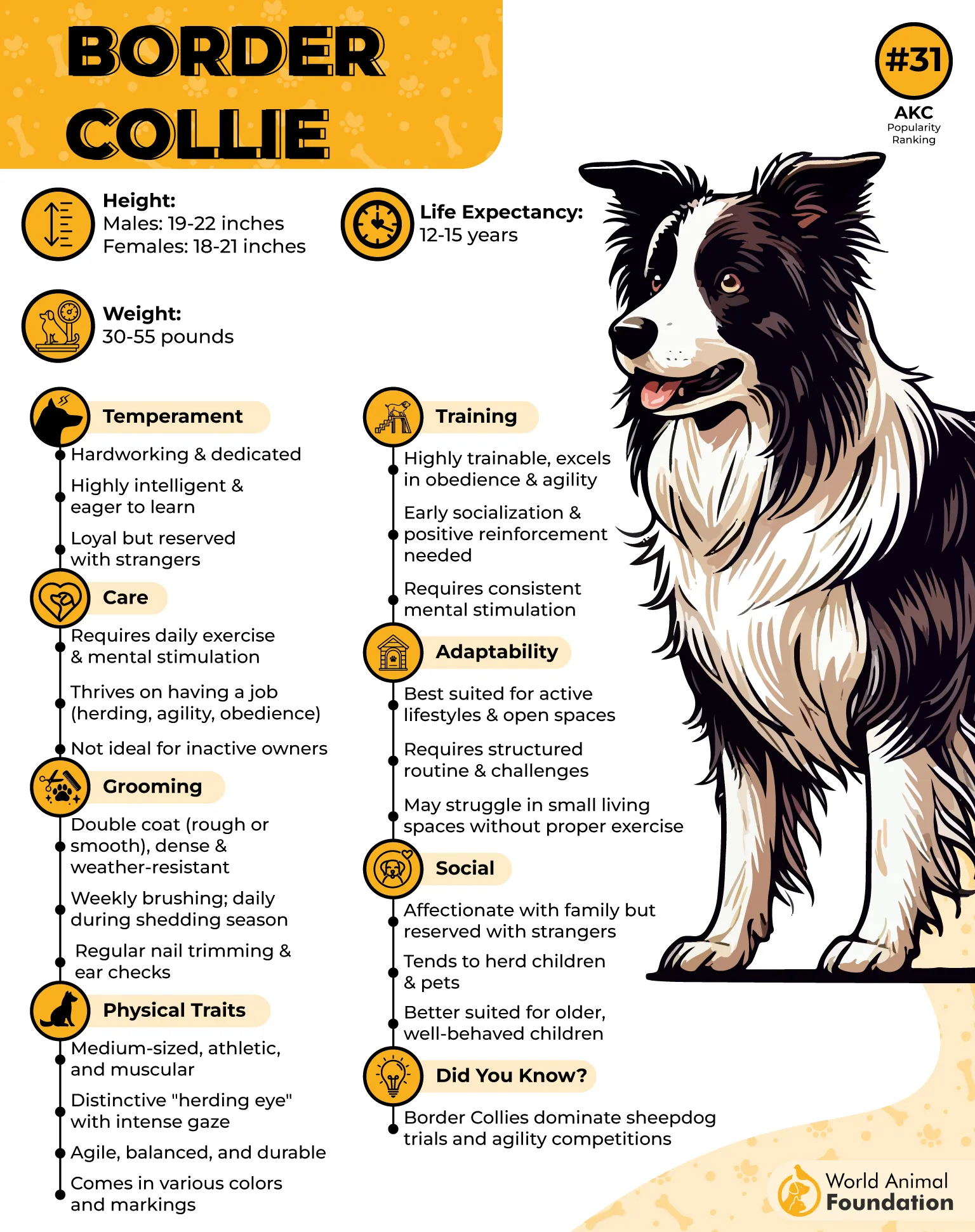
Environmental Sensitivity
Sudden shifts in sound, speed, or direction around them can pull attention instantly. They may attempt to control fast-paced situations through darting or flanking motions. The instinct to respond is so ingrained that interruptions often seem involuntary.
Unmatched Herding Precision
When trained in stock work, Border Collies are known for controlling movement without direct physical force. Their low stance, calculated pauses, and wide arcs make them uniquely effective. The skill is as much cognitive as it is physical.
6. Irish Setter
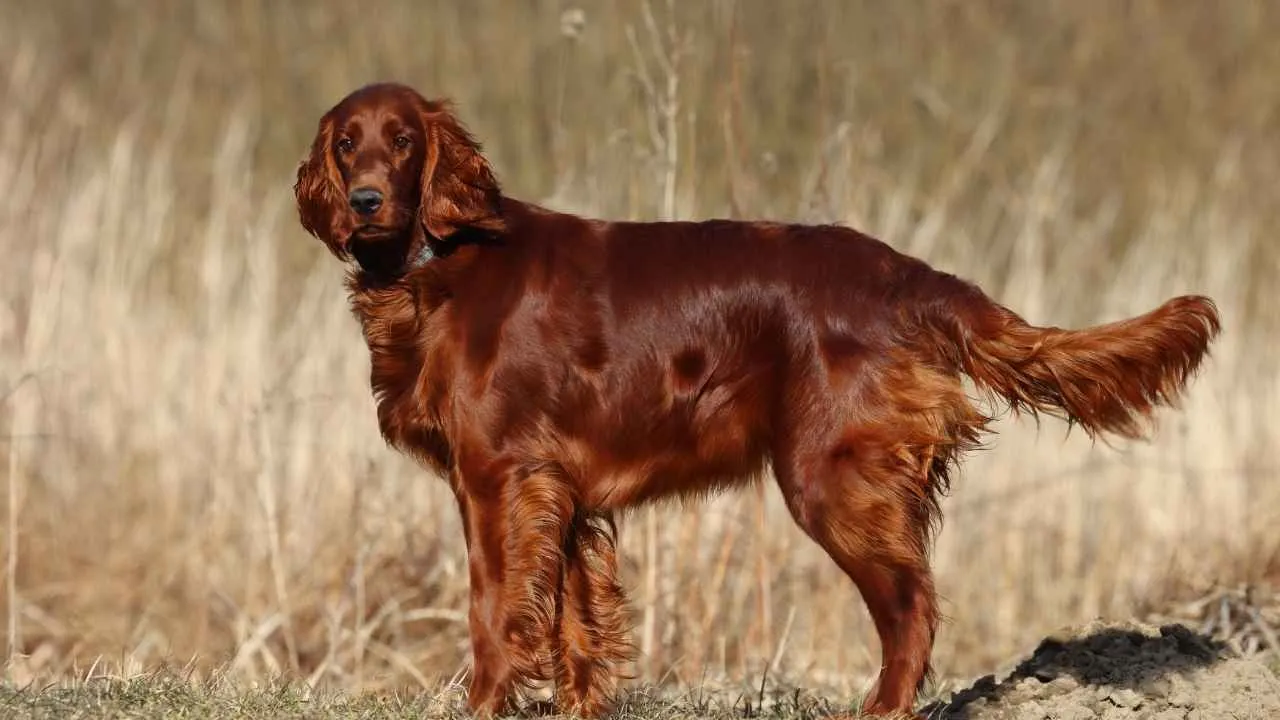
The Irish Setter was originally developed to assist hunters in locating game birds by scenting and pointing. This history plays into its tendency to chase and investigate rapid movement outdoors. Their alert posture and raised head signal how quickly they process the environment.
Easily Distracted Outdoors
Even after consistent training, a passing rabbit or flapping wing can redirect their attention in seconds. Their stamina and natural speed make containment and recall essential when off-leash. Mental stimulation and structured activity reduce their tendency to roam or bolt.
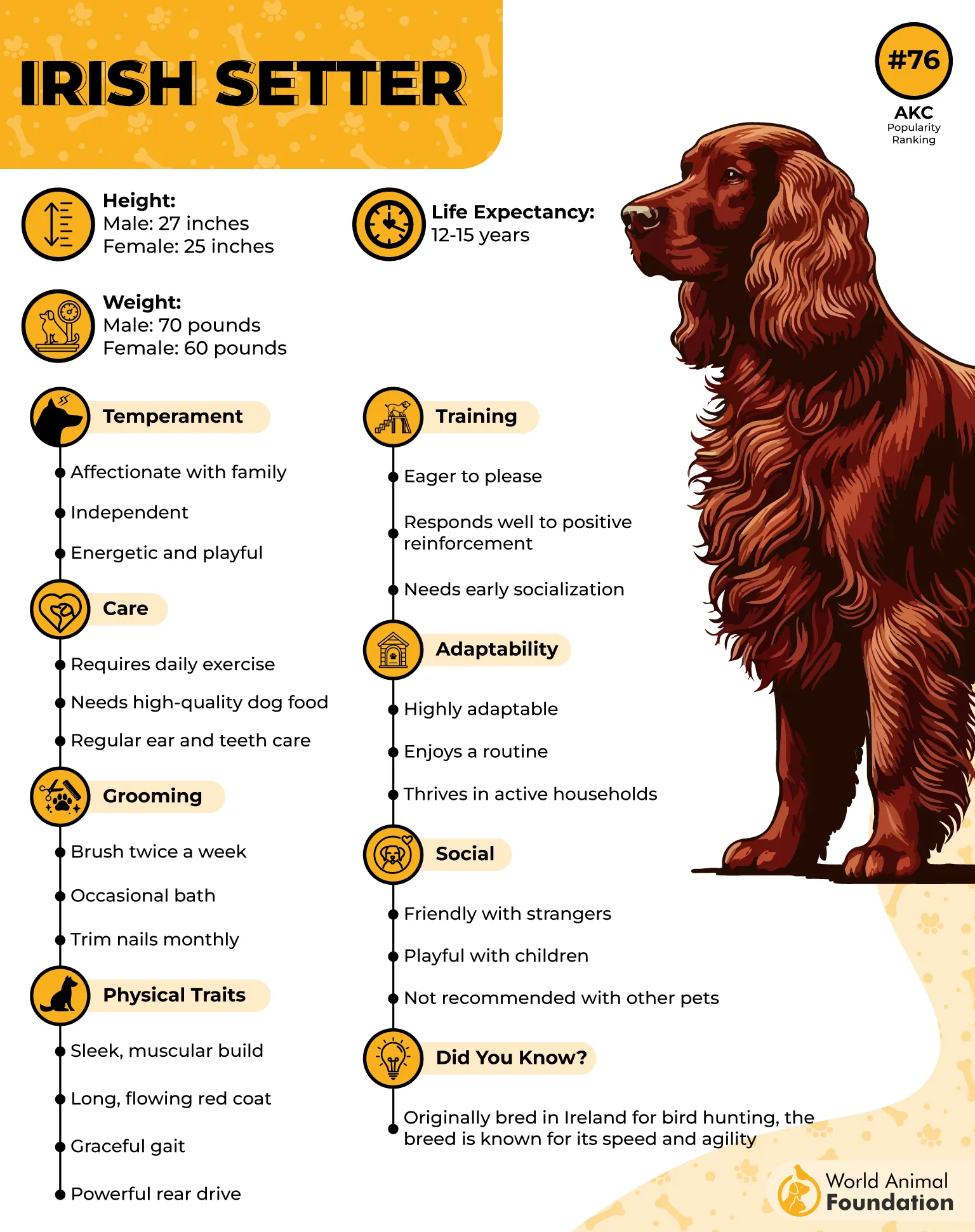
Focus Requires Practice
Daily outings should include guidance through scent work or tracking tasks to channel their high alertness. Left unstimulated, their drive shows up through impulsive behavior, especially in wooded or open areas. Controlled activities help balance their responsive nature.
Social Yet Stimulable
Though they enjoy play, a quick chase often overrides casual interaction when excitement rises. Sudden movements, even from familiar animals, can spark pursuit behavior. Early exposure and calm environments help shape how they interpret social settings.
7. Jack Russell Terrier

This terrier was developed in England specifically for fox hunting, where it was expected to pursue prey deep into burrows, as highlighted in Britannica. Its high prey drive is paired with strong digging instincts and relentless focus. These qualities make it alert to every quick movement in its environment.
Explosive Energy Release
The Jack Russell reacts to motion almost instantly, whether it’s a toy, rodent, or backyard squirrel. Without structured activity, this drive can lead to compulsive chasing behaviors. Its energy requires both physical outlets and clear mental direction every day.
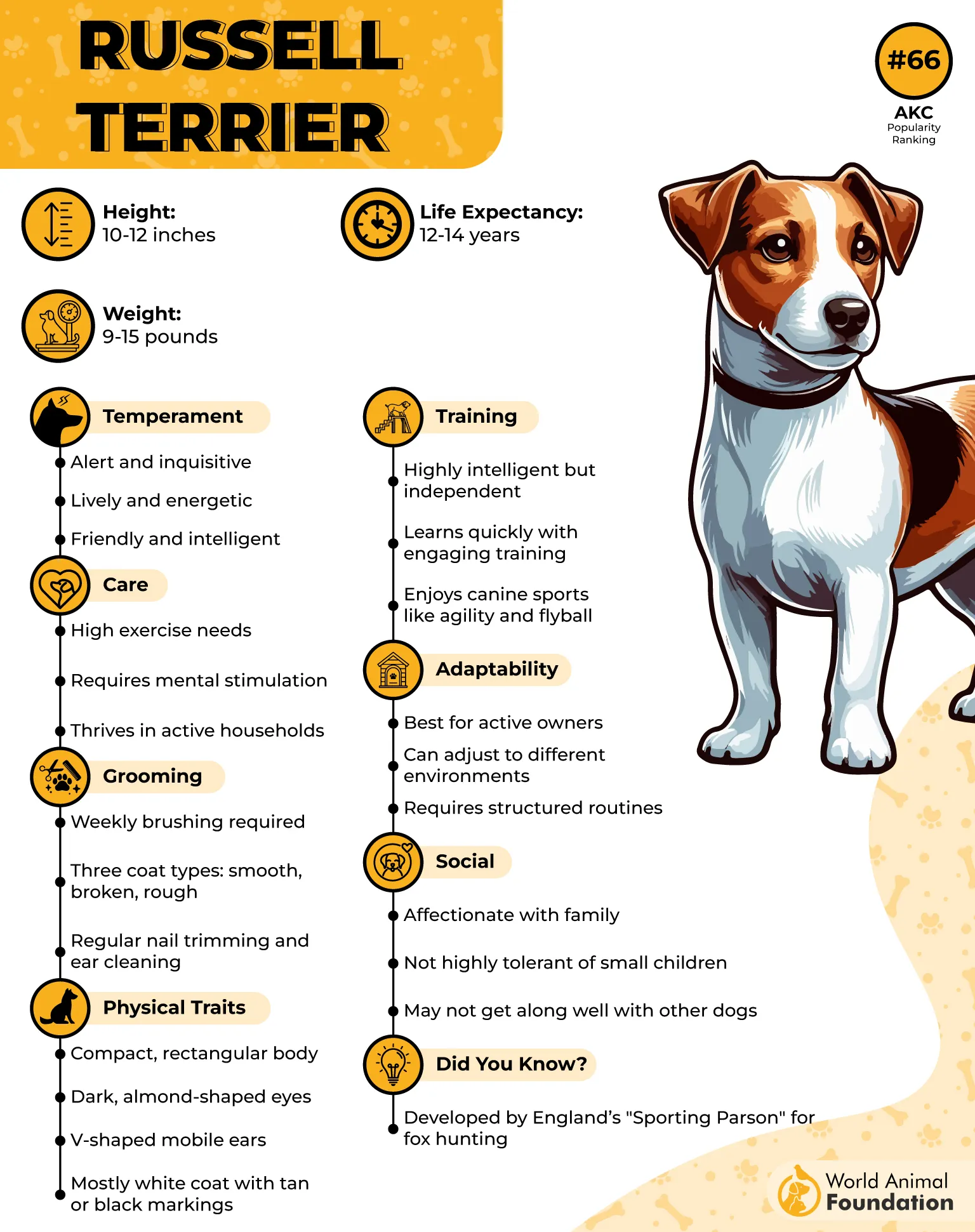
Quick to Detect, Quicker to Act
This breed stays tuned into its environment with fast reactions and non-stop curiosity. Small animals and fast-moving sights trigger chasing almost automatically. High fences and watchful supervision help manage this persistent drive in open spaces.
Requires Engagement, Not Just Exercise
Physical activity alone doesn’t satisfy a Jack Russell’s energy when instinct is involved. It needs problems to solve and environments to explore. When the prey drive isn’t redirected productively, boredom can quickly turn into trouble.
Conclusion
Some instincts never fade, no matter how many dogs become household companions. Prey drive begins at a young age and, in certain breeds, never dims. From chasing small prey in open fields to tracking subtle movement, this drive still shapes how these dogs move, react, and bond.
Many owners are drawn to their energy but surprised by how strong-willed and focused they truly are. High prey drive isn’t exclusive to larger breeds—smaller dogs like terriers hold just as much spark.
Whether you choose a breed for work, sport, or challenge, the bond you build comes from mutual respect and clear guidance. These dogs don’t just follow—they think. And that’s what makes them unforgettable.


